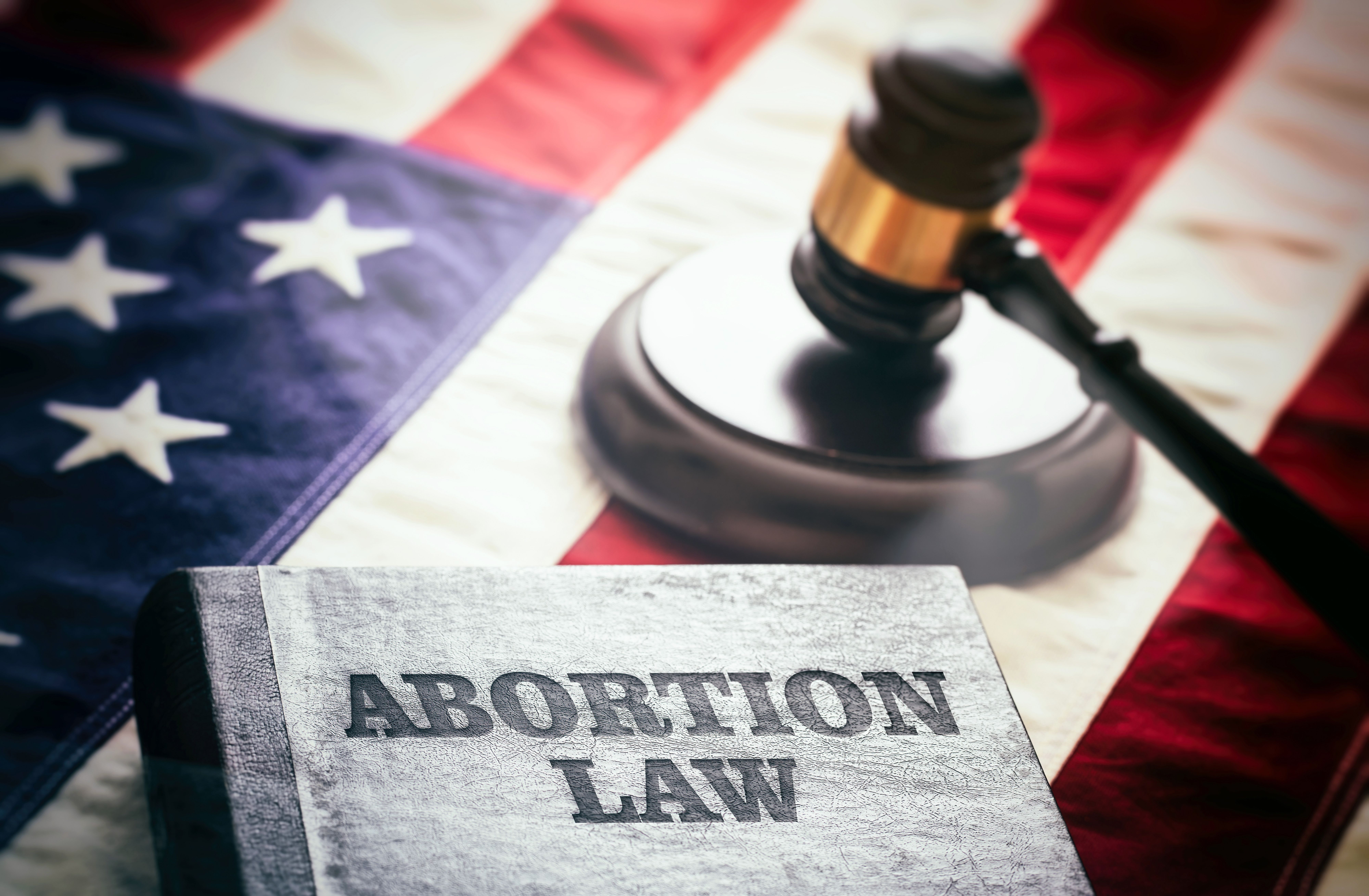Video
Fractures in Patients With Osteoporosis
Peter L. Salgo, MD: Let me hit a couple of bullet points while we are having this discussion. I brought up steroids before. Are there other medications that we’re using more commonly now that are putting people at risk?
Andrea J. Singer, MD, FACP, CCD: There are a number of other medications. So proton pump inhibitors, which we use for reflux, right? Because everybody has reflux. Selective serotonin reuptake inhibitors, and some of the antidepressants that we use commonly can have an effect. Aromatase inhibitors, which are part of the adjuvant therapy for breast cancer. In men, androgen deprivation therapy that we use in the setting of prostate cancer. Many of our transplant medications, chemotherapy. So there are a host of medications out there that can have an effect. They don’t all do exactly the same thing in each person, in terms of being predictable for the exact amount of bone loss. But if patients are on any of these medications, we need to think about evaluating them and following them.
Peter L. Salgo, MD: Once somebody has 1 fracture, what’s the risk of a second fracture? Do we have that number?
Thomas P. Olenginski, MD, FACP, CCD: Well, we clearly know that there’s a fracture cascade. The most undeniable risk for fracture or future fracture is previous fracture. Someone with hip fracture is more likely to have any other fracture; as well as vertebral fractures, which are poorly recognized and cause a great morbidity, significant mortality. Fracture cascade, proximal humerus upper arm fractures, pelvic fractures.
And to give you an idea of where we’ve changed, 10 years ago we would see someone with a wrist fracture who might have a T-score of minus 1.5 and we would be very conservative. Today, we’re taking these other fractures in context with low bone density and are treating them. So if you combine fracture, low bone density, and if you happen to use markers of biochemical turnover, we predict risk of fracture better.
Andrea J. Singer, MD, FACP, CCD: To answer your question, there’s about a 5-fold increased risk of a second fracture in the first year following the initial fracture. Osteoporosis doesn’t develop overnight, so there are not very many osteoporosis emergencies. But if there’s ever to be an osteoporosis urgency, or emergency, it’s in that patient who’s had the first fracture because they are at very high risk for another fracture, especially in the first year to 2.
Peter L. Salgo, MD: What percent of all patients with osteoporosis, for whatever reason, eventually simply become immobile? Is it just fractures? What else happens?
Thomas P. Olenginski, MD, FACP, CCD: We know that 40% to 50% of hip fracture sufferers never regain their pre-fracture status. We know that 20% to 30% of them can’t get home. They’re in a nursing home, assisted living, or some form of living where they just can’t take care of themselves any more.
Peter L. Salgo, MD: There’s got to be a significant incidence of depression in all of these folks who really get hit by this, isn’t there?
Claire Gill: I’m sure there is. But actually, we don’t have a lot of data on depression. We are launching a patient registry where we hope to be able to track that from the patient perspective. Because getting that information is really critical.
Peter L. Salgo, MD: And what do you tell patients? Is there organized information you can give them? Is there your canned speech that you give them? What do you do for patients?
Thomas P. Olenginski, MD, FACP, CCD: I saw 2 people with hip fracture this morning. One was 90, surrounded in the room by 7 loving family members. What I tell that patient is, “You’re not too old to be treated because you want to go home and be independent again,” and she probably will.
I saw another patient. This patient is a 67-year-old woman who is in the hospital, fell, and broke her hip. She already has 1 or 2 compression fractures. She has some issues with, “Maybe I don’t want to do this, or that.”
So you have to kind of individualize based on how you read the patient and what the patient needs. I think every patient needs something a little bit different. What I tell them: “We want your bones to be stronger. We don’t want you to break. We want you to be independent, and you’re probably going to need some medicine because you have, by definition, severe osteoporosis.”
Peter L. Salgo, MD: You know something else, an image, came to my mind as you guys were speaking. And it’s something that is sociologic and societal. There’s a common phrase, which is not PC any more. People talk about the little old lady. Well, why is she little? And she’s older. I’ll bet it’s because she compressed her spine. This is an osteoporotic picture, isn’t it?
Andrea J. Singer, MD, FACP, CCD: It is. We tend to underestimate the importance of spine fractures. We focus a lot on hip fractures. They are extremely important, and probably have the worst outcome. But spine fractures are extremely important as well. They often go underrecognized, and over time, can absolutely impact life. People become shorter. They don’t breathe as well because their chest cavity is compressed. Their abdominal cavity is compressed.
I interestingly had a patient, when I was first in practice and seeing osteoporosis patients. By the time she came to see me, in her late 70s, she had a number of spine fractures. And if you know anything about Washington, DC, driving to the office is never an easy thing, particularly during commuting hours. But she would only come into the office either first thing in the morning or at the end of the day. And I said to her, “Why don’t you make an appointment in the middle of the day when traffic isn’t so bad?” She said, “I don’t like the way I look any more. Clothes don’t fit as well. I don’t like people to see me, so I would rather come into the office when the waiting room is not full and I don’t have to be seen.”
That registered with me, because it’s not something that we think about every day. That was the result of multiple vertebral fractures and led to not only decreased functioning, but this depression and a change in her own self-esteem.





